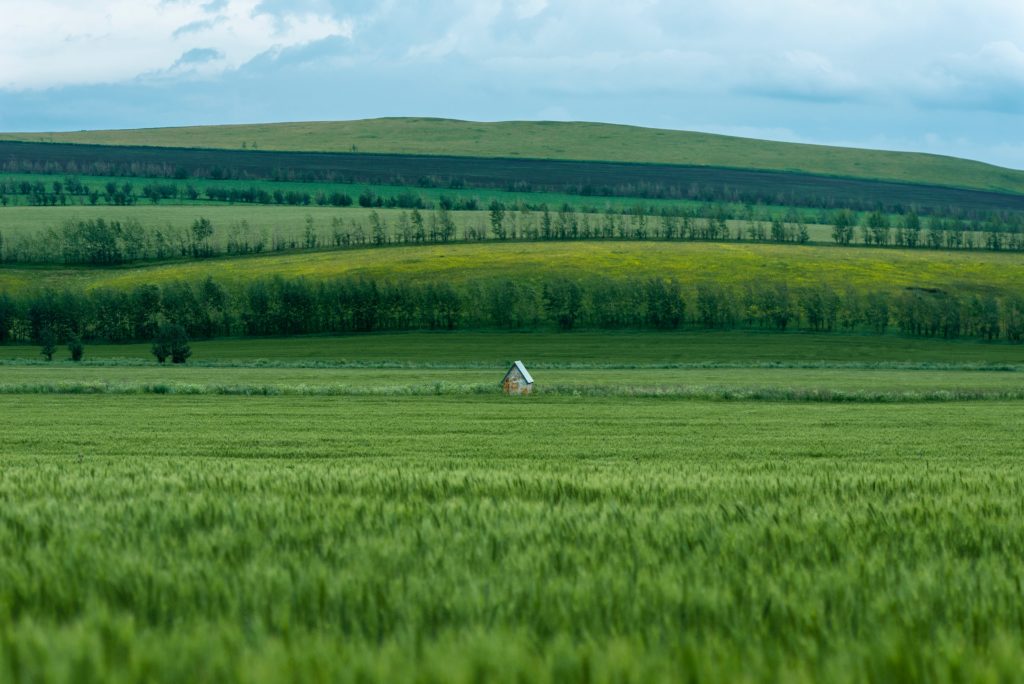8 billion. That was the figure last year. 8 billion people now populate our planet. If current growth rates continue, there will be 10 billion people on Earth by 2050. To feed all these people, food production will need to increase by 45%. According to the researchers behind a new Horizon Europe project, we will not be able to increase food production that much if we continue to farm as we have been doing so far. The intensive use of fertilizers and continuous monoculture destroys the soil and natural ecosystems as well as emits large amounts of greenhouse gases. Researchers from ten countries want to change this in the new Horizon Europe project LEGUMINOSE. The aim is to make European agricultural practices more sustainable while ensuring productivity.
Increasing soil health and resilience
At the heart of the LEGUMINOSE project is the intercropping of legumes and cereals. The idea of intercropping is that beans and lentils, for example, are grown in the same field as wheat or barley, without the crops competing for resources.
“Intercroppping is a long-established agricultural practice where two or more crops are grown together. The idea is that you can use the field area more efficiently and at the same time improve the overall uptake of water and nutrients, which can ultimately increase yields,” says senior researcher Jim Rasmussen from the Department of Agroecology, who is participating in the project.
Another potential benefit of intercropping is that it can improve soil health and, importantly, the resilience of the cropping system to, for example, plant diseases and pests, drought or heavy rainfall.
“With climate change, we can expect to experience more severe weather, with heat waves and droughts or flooding due to rainfall. Therefore, making the cropping system more resilient to such extremes is a clear benefit for food security,” he continues.
Intercropping – a niche practice
Despite the potential cultivation and environmental benefits, intercropping is not a widespread practice in Europe, but the LEGUMINOSE project aims to change that.
“Only 2% of the European agricultural area is used to grow legumes and cereals together. One of the reasons may be that it is challenging to find the right combination of legume and cereal varieties that not only go well together, but also fit well in the different climatic and agro-ecological zones in Europe. This is exactly what we will try to find a solution to,” explains Jim Rasmussen.
180 living labs on the farms of European farmers
The project will establish 180 living labs on farms in seven countries across most of Europe, as well as in Egypt and Pakistan.
Here, researchers will work closely with farmers to assess how co-cultivation can reduce pesticide and fertilizer use, improve soil health and enhance crop quality. The idea is also to investigate farmers’ motivation to co-cultivate on their own fields. In addition, researchers will work with farmers to find solutions to potential problems and obstacles.
Tools for European farmers
The researchers plan to develop forecasting models based on artificial intelligence and the data collected from the 180 living labs. The results will be embedded in an interactive, web-based tool that will help farmers choose the optimal combination of crops for their specific needs.
The ultimate goal of LEGUMINOSE is thus to provide farmers with easily accessible and usable evidence on cereal and legume co-cultivation that can help to achieve a profitable and sustainable agricultural transition.
The project therefore also supports the objectives of the Farm to Fork strategy of the European Green Deal and the European Biodiversity Strategy 2023.
Source:
This press release was issued by one of our partners, Aarhus Univeristy.
